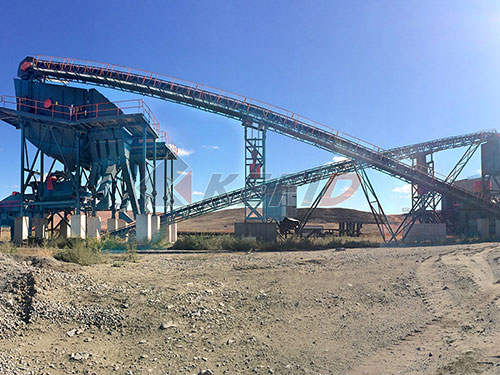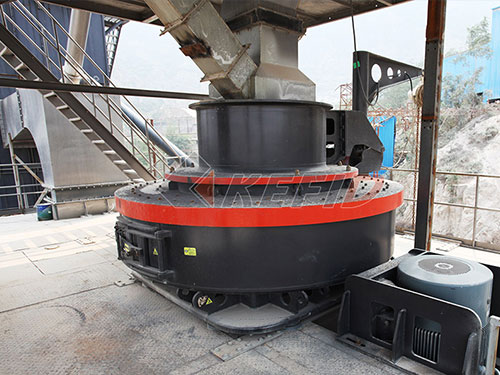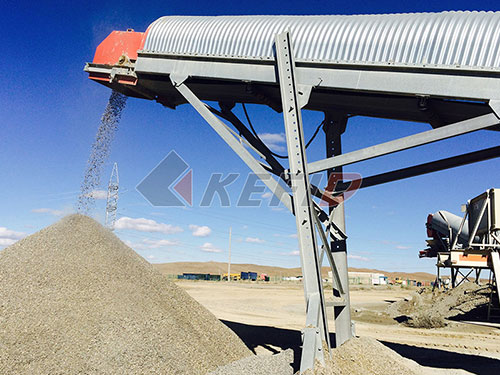Symons 4 1/2 Cone Crusher
The Enduring Workhorse: Unveiling the Symons 4½' Cone Crusher
In the demanding world of mineral processing and aggregate production, reliability and consistent performance are paramount. Amongst the pantheon of crushing equipment that has shaped these industries for decades, the Symons 4½ Foot Cone Crusher stands as a true icon – a testament to robust engineering and enduring design principles that continue to deliver value long after its initial introduction.

More Than Just Size: Understanding the "4½'"
The designation "4½' Cone Crusher" specifically refers to machines featuring a crushing head with a nominal diameter of 54 inches (1372 mm) at their widest point (the feed opening). This places it firmly in the mid-range category of traditional Symons cone crushers (sizes typically ranged from 2ft up to 7ft). This specific size offered an optimal balance between capacity potential and physical footprint for many medium-to-large scale operations.
The Hallmarks of Symons Design
What made – and continues to make – the Symons 4½' crusher so significant is its adherence to core design philosophies:
1. Robust Construction: Built with heavy-duty castings and forgings throughout its main frame assembly (bowl), adjustment ring (feed hopper), main shaft assembly (eccentric), and head assembly (mantle holder), it was engineered for longevity under severe operating conditions.
2. Spring Tramp Release System: A defining feature of traditional Symons crushers is their spring-based tramp iron protection system ( also uses this approach). If uncrushable material enters the chamber or overload occurs:
Hydraulic pressure supporting the bowl assembly is released.
The bowl compresses powerful springs surrounding it.
This allows the bowl assembly (including the concave liners) to drop down significantly.
The non-crushable object passes through this enlarged gap without catastrophic damage.
Springs then return the bowl assembly to its original setting automatically.
3. Versatile Crushing Action: The combination of eccentric throw speed and chamber profile determines crushing action – fine vs coarse settings:
Fine Crushing: Achieved by using shorter eccentric throws at higher speeds combined with steeper chamber profiles.

Coarse Crushing: Achieved by using longer eccentric throws at lower speeds combined with flatter chamber profiles.
The 4½' model could be configured effectively


